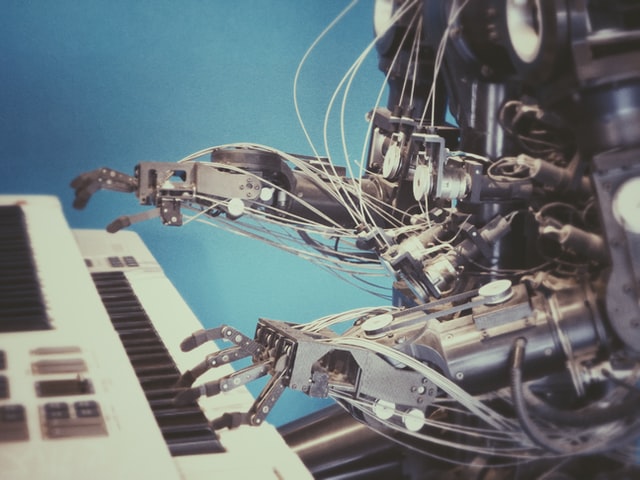Everything seems possible with artificial intelligence, for better or for worse. Did you know that you can even generate fake profile pictures for social media, i.e. an artificial face? It is truer than real and made up of multiple parts of other real faces –except that it does not show a real human being’s face. What’s the use of artificial intelligence in translation? Artificial neural networks have been widely noticed in the translation industry because they successfully enable machine learning and very fast learning from each new piece of information or data added. As translators keep contributing, an artificial neural network is broadened not only with vocabulary, but also with different writing styles, nuances and tones. In use, the data can be exploited by programs developed for this purpose, such as Deepl or GoogleTranslate.
The AI’s Linguistic Revolution
This revolution accomplished by artificial intelligence has positive aspects and inevitably controversial aspects. Let’s start with the contributions of AI. Translation tools are becoming more and more powerful because they benefit from the operational advances of artificial intelligence in machine translation. Not only can they maintain translation memories and glossaries in all domains thanks to the absorption of huge databases and glossaries, but now context and tone can be taken into account, as well as the general feeling expressed in a document. Indeed, the global approach of the text to be translated, resembling the reading of the whole document by a human being, allows to identify a context and to recognize a specialized field, so as to select the most appropriate vocabulary, for example. Databases and other thematic corpora have fed the algorithms which continue to be expanded with linguistic data and to have their operating model improved. The project of AI applied to translation, with ever more efficient results, aims to make the translated text seem like the natural way of thinking and expressing oneself, in order to be as close as possible to the natural language used by human beings.
A Controversial Capacity
Machine translations that are sometimes free and available to everyone make some people assume that requiring the services of professional and experienced human translators is no longer necessary. This belief is based on a lack of knowledge or understanding of translation processes, linguistics and culture. Translating is not about changing a word to its equivalent in a foreign language. Even when transposing a simple sentence from one language to another, it is best to avoid word for word. It is crucial to reflect on the context of a sentence or document, its subject matter, and the target audience for the translation. You also have to take into account the language registers, considering that vocabulary belongs to different registers –informal, colloquial, formal– or that borrows from slang or regional languages. While artificial intelligence is able to recognize terminology, it often mixes informal and colloquial with formal words in the translation, whereas the original text is written using a single language register. It is unlikely that a company would write its annual report using a mix of slang, informal words, or outdated words that have all but been forgotten. Finally, if you think about the richness of each language, the myriad of images, figures of speech and wordplays, and if you add the cultural references that must be adapted to another language, then entrusting a translation to artificial intelligence alone does not make sense.
The Big Trend
The model that is increasingly being developed, based on the argument that it saves time –the 21st century’s obsession– is that of a two-stage translation. The first and almost instant stage relies on the performance of AI. An automatic translation, using machine learning tools, is performed. In the second stage, a professional translator –this time a human being– is responsible for checking the accuracy of the lexicon as well as improving the writing style of the translation generated in the first stage. Several risks of errors and other pitfalls remain and will continue to remain with this hybrid model: misunderstandings, cross-cultural faux pas, standardization and a dulling of the writing style by copying the original language, among others.
Without going so far as to trust AI to translate literary works, creative marketing content or highly specialized technical texts, the AI revolution makes it possible to recognize the vocabulary, but also to identify the context and the field of activity in which a text falls. The cultural understanding and the stakes of a text to be translated, as well as the stylistic quality of a translated text, remain the prerogative of a human translator. AI tools are incapable of intuition and creativity.



